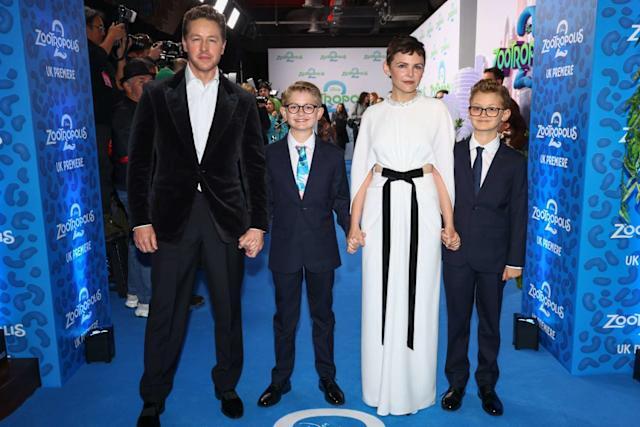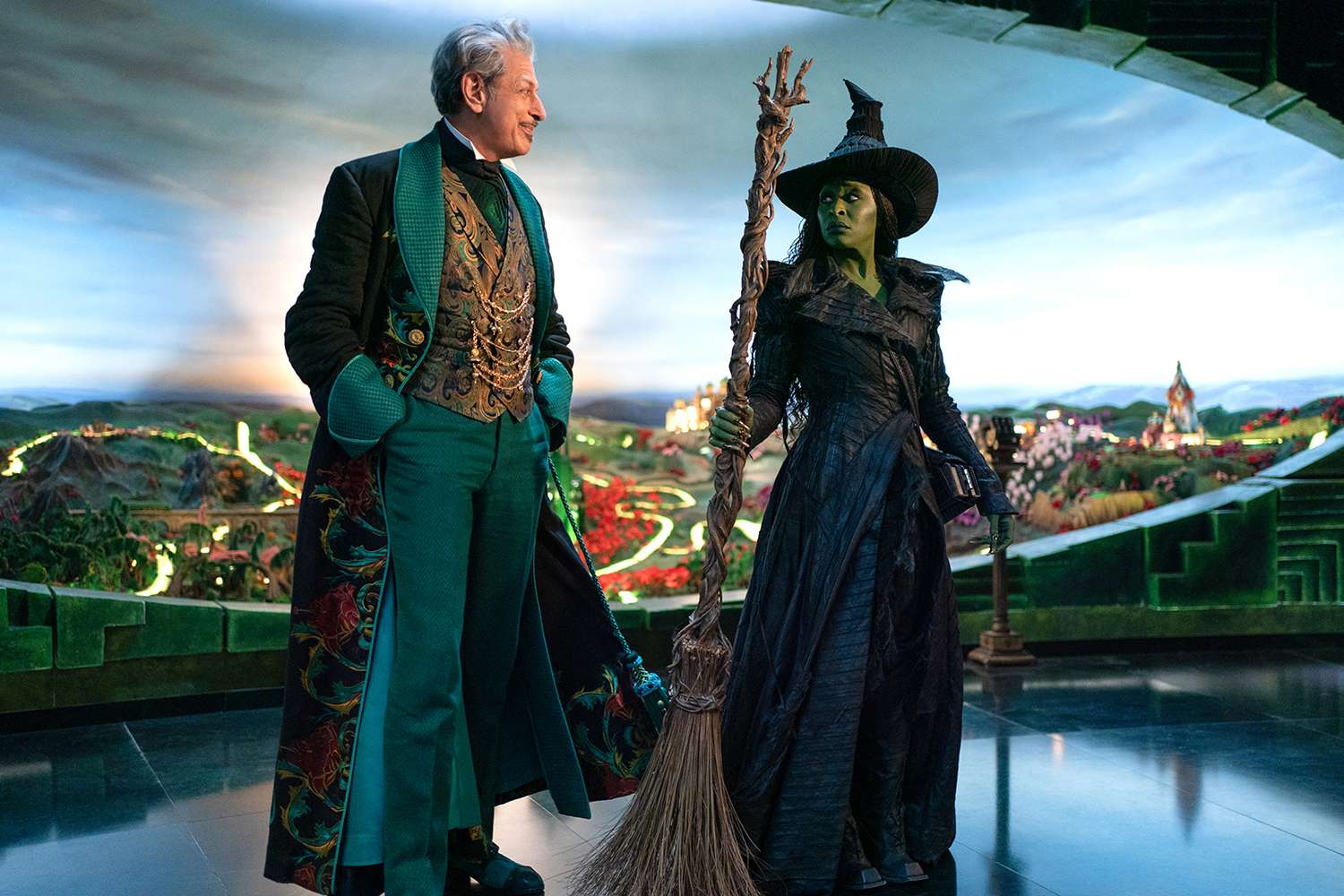In the modern digital age, it’s rare that a data tech company becomes the centerpiece of viral entertainment and celebrity gossip. But when you combine a Coldplay concert, an awkward “Kiss Cam” moment, and the clever intervention of none other than Oscar-winning actress Gwyneth Paltrow, you get a story that’s part satire, part scandal, and wholly emblematic of our current media landscape.
It began, innocuously enough, at Gillette Stadium in Foxborough, Massachusetts, on July 16. Coldplay, fronted by Chris Martin, was in the middle of another spirited performance, serenading tens of thousands of fans under the summer sky. In between songs, the concert’s “Kiss Cam” panned through the crowd, searching for couples to spotlight. The camera eventually settled on a man and a woman sitting together. At first, they embraced. Then, just as quickly, they appeared to panic—abruptly letting go of each other and ducking out of view. The moment was clearly uncomfortable, and it didn’t go unnoticed by Martin, who addressed the crowd with his trademark charm. “Uh oh, what? Either they’re having an affair or they’re just very shy,” he joked, earning a wave of laughter from the audience.
Unbeknownst to many at the time, the couple caught on camera were more than just concertgoers. They were Andy Byron, the CEO of Astronomer—a data technology company—and Kristin Cabot, the company’s HR chief. When the clip of the encounter went viral shortly afterward, the context quickly unraveled. What seemed like a harmless concert faux pas suddenly took on a very different tone, especially when the implications of workplace relationships and executive conduct came to light.
Within days, the repercussions were swift. On July 19, Astronomer released a public statement via X (formerly Twitter) and LinkedIn, confirming that Byron had resigned and that the company’s board had accepted his resignation. “As stated previously, Astronomer is committed to the values and culture that have guided us since our founding,” the statement read. “Our leaders are expected to set the standard in both conduct and accountability, and recently, that standard was not met.” Not long after, reports emerged that Kristin Cabot had also resigned.
If this story had ended there, it would’ve been another case of corporate drama played out in the public eye—messy but not entirely unique. What happened next, however, is what elevated the saga from standard scandal to something far more unexpected and—arguably—brilliant in its own way.
Just six days after the company’s public statement, a new video appeared on Astronomer’s official channels. The star? None other than Gwyneth Paltrow. Calm, collected, and clearly in on the joke, Paltrow introduced herself as a “temporary spokesperson” for Astronomer, here to answer questions on behalf of the company’s 300-plus employees. Dressed in her usual minimalist style and seated against a clean, tasteful backdrop, she offered the kind of polished performance one might expect from a seasoned actress. But instead of addressing the scandal head-on, she opted for misdirection and levity.

“Over the last few days,” Paltrow began, “Astronomer has gotten a lot of questions, and they wanted me to answer the most common ones.” On screen, a text bubble popped up that seemed to set the tone: “OMG! What the actual…” But rather than respond to what viewers were no doubt curious about, she pivoted. “Yes, Astronomer is the best place to run Apache Airflow,” she said, referring to the company’s main software offering, a workflow orchestration platform used in data automation.
The clever misdirection continued. As more cheeky text appeared—“How is your social media team holding up?”—Paltrow stayed on script, completely avoiding the scandal and instead focusing on Astronomer’s mission and services. The tongue-in-cheek tone didn’t diminish the effectiveness of the message—it amplified it. In just over a minute, the video accomplished what many PR campaigns fail to do: deflect negative attention, humanize the company, and redirect focus back to its core offerings. And who better to do it than Paltrow, who famously coined the term “conscious uncoupling” when she and Chris Martin publicly split in 2014?
That context wasn’t lost on anyone. The irony of Paltrow promoting a company whose executives had just experienced an extremely public “uncoupling”—at her ex-husband’s concert, no less—was too rich to ignore. But instead of shying away from it, Astronomer embraced the absurdity. Paltrow concluded the video by saying, “We will now be returning to what we do best: delivering game-changing results for our customers. Thank you for your interest in Astronomer.”
It was meta, surreal, and arguably one of the more ingenious PR pivots in recent memory.
From a marketing standpoint, it’s a textbook example of how companies might navigate public relations crises in the era of internet virality. The old model—issue a somber press release, suspend comments, and hope for the best—feels increasingly out of touch with how people consume information today. Astronomer, instead, leaned into the chaos, acknowledged the elephant in the room (without ever directly mentioning it), and used humor and celebrity to reset the narrative. The choice of spokesperson—Gwyneth Paltrow—wasn’t just a gimmick. It was symbolic, layered, and strategic.
Paltrow, now 52, has transformed in the public eye from Oscar-winning actress to Goop mogul to cultural lightning rod. Her public image is carefully curated but not without its self-awareness. Her ability to embody both elite sophistication and satirical edge made her the perfect vessel for Astronomer’s message: “Yes, we saw what happened. Yes, it’s weird. But we’re still here, doing important work.”
Of course, there are valid critiques to be made. Not everyone appreciated the levity with which the situation was handled. Office romances, particularly between executives, raise real concerns around workplace ethics, power dynamics, and professional boundaries. Skirting the issue entirely—especially via a celebrity spokesperson—might be seen as minimizing the seriousness of what happened. But to Astronomer’s credit, the company had already taken decisive action in the form of resignations. The video wasn’t a substitute for accountability; it was the post-mortem—an attempt to move forward.
That said, the juxtaposition between the video’s lighthearted tone and the underlying controversy is telling of where corporate communications may be headed. Audiences today are more media-savvy than ever. They can spot disingenuousness a mile away. By speaking indirectly and allowing the audience to fill in the blanks, Astronomer acknowledged the weirdness without preaching. They turned a scandal into a meme—and from a branding perspective, that may have been the best possible outcome under the circumstances.

The video also did something else—it made people care about a company they had probably never heard of. Before this incident, Astronomer was a name known primarily in data engineering circles. Apache Airflow users, CTOs, and analytics teams may have been familiar, but the general public? Unlikely. Now, Astronomer is on people’s radar, albeit for reasons they probably never anticipated. But visibility is visibility, and in a crowded tech market, standing out is half the battle.
The fact that Astronomer used the opportunity to emphasize its commitment to data automation and cutting-edge infrastructure—rather than releasing a groveling apology tour—is notable. Whether or not you agree with the strategy, it’s hard to deny its effectiveness. The buzz didn’t just stem from scandal; it came from the company’s surprising, bold, and self-aware reaction to it.
And in the center of it all stood Gwyneth Paltrow—unflappable, deadpan, and oddly fitting. Her appearance was a wink to the internet, a reminder that sometimes, the best way to handle a PR disaster is not to run from it but to own it, reframe it, and, when possible, laugh at it.
Astronomer’s story may still be unfolding. Leadership changes bring both disruption and opportunity. Internally, the company will likely continue evaluating its policies and leadership standards. But externally, at least for now, it has managed to steer the narrative away from gossip and back toward innovation. With a little help from an unlikely ally—and a deft understanding of internet culture—the company is showing how even in the midst of viral chaos, it’s possible to chart a new course.
Sometimes, all it takes is the right spokesperson at the right moment, with the right sense of humor. And maybe, just maybe, a conscious coupling of tech and star power.










